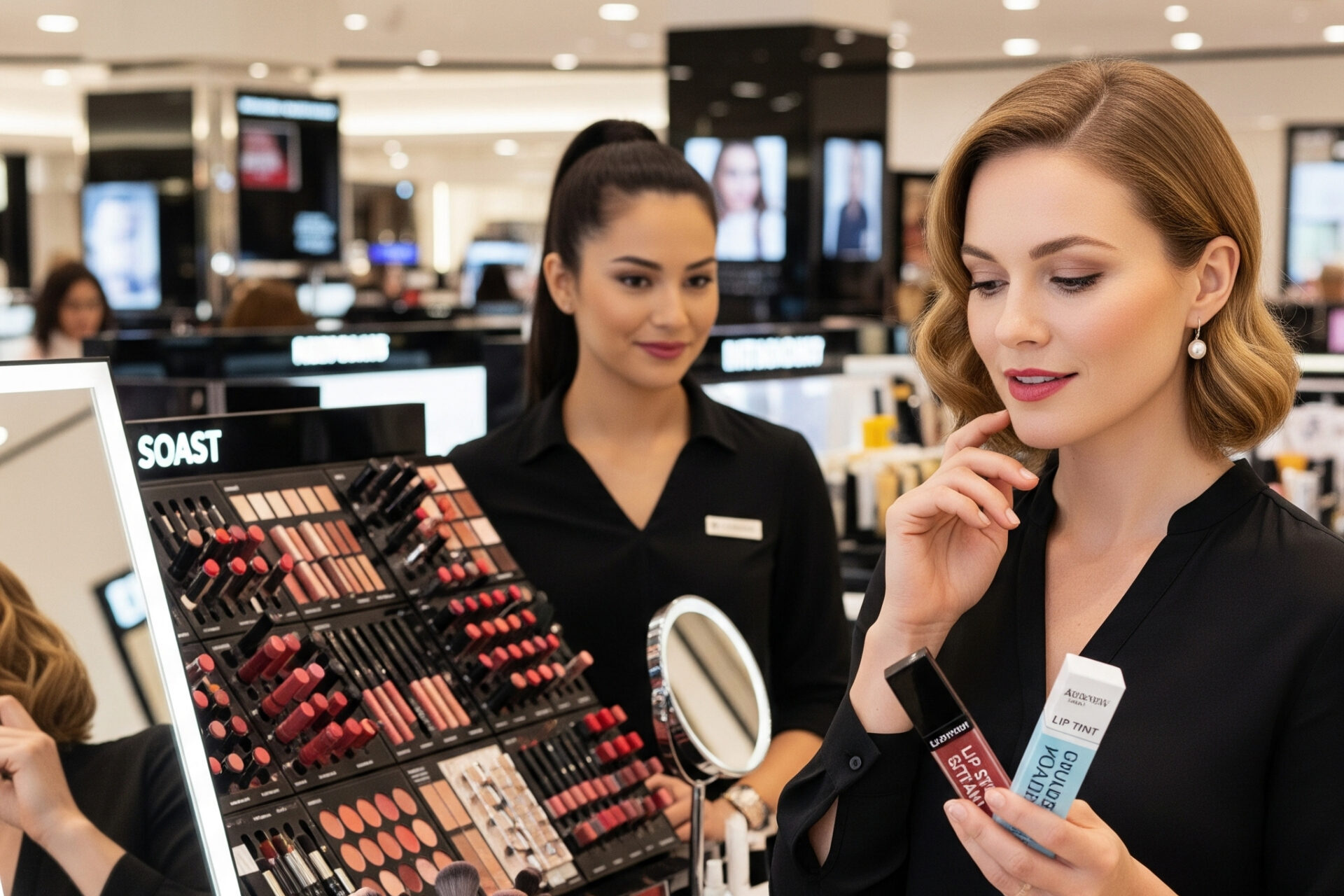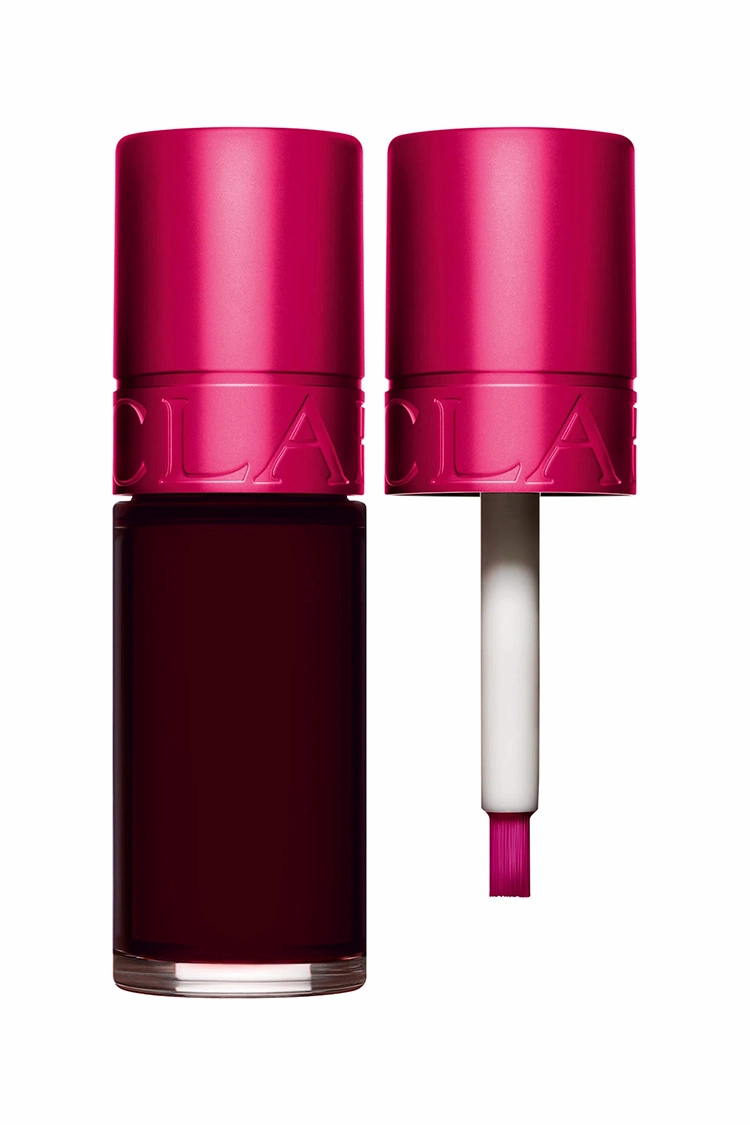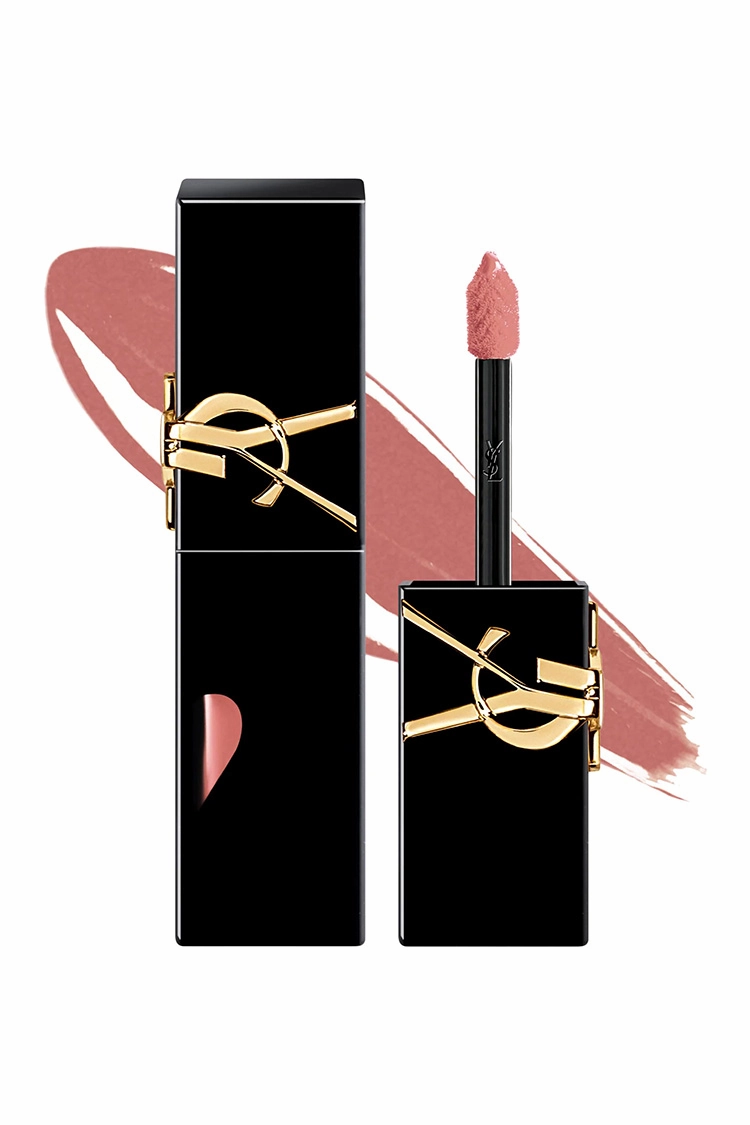
We thoroughly assess all products before recommending them. We may be compensated if you choose to buy through links on our site.
Question: What’s the Difference Between Stain and Tint?
Answer: What’s the Difference Between Stain and Tint? A stain is a complete product that penetrates to color a material, like wood, directly. A tint is a concentrated pigment added *to* another medium, like paint or a clear base, to change its color, which then coats the surface.
Finding Your Perfect Pout: Stain vs Tint
You stand in the beauty aisle, a product in each hand. One says “lip stain,” the other “lip tint.” They both promise a beautiful, natural-looking wash of color. Yet, you know they are not the same. Understanding what’s the difference between stain and tint will change your makeup game. It equips you with the knowledge to select the perfect product for any occasion, look, or lip condition. These two popular products offer unique benefits and finishes. Choosing the right one unlocks a new level of effortless beauty for your lips and cheeks. One product offers incredible longevity, while the other provides a sheer, hydrating glow. We will explore their distinct formulas, application methods, and the final look each one achieves. Prepare to become an expert on these essential makeup items. You will soon apply your chosen product with confidence, knowing exactly why it works for you.

Top 5 Lip Stain for 2025
Lip Stain
From gentle toning to intense color correction, these lip stains offer targeted solutions for blonde and highlighted hair...
The Lasting Power of a Stain
A lip and cheek stain is a true makeup workhorse. Its primary characteristic is its formulation. Stains typically have a very thin, watery, or gel-like consistency. They contain soluble dyes that are absorbed by the top layers of your skin. Think of it like watercolor for your face. Instead of forming a layer on top, the color temporarily soaks in and dyes the skin cells. This mechanism is the secret to its incredible staying power. Once a stain sets, it does not budge. It will survive your morning coffee, your lunch meeting, and even a happy hour drink with minimal fading. This makes stains a fantastic option for long days or special events where you have no time for touch-ups.
The finish of a stain is completely matte and natural, as it leaves no texture on the skin’s surface. It mimics the look of naturally flushed cheeks or just-bitten lips. Application requires a bit of speed and precision. You must blend the product quickly before it dries and sets in place. Many users apply a small amount with their fingertips or a synthetic brush, blending immediately for a seamless finish. The color payoff is often buildable, allowing you to go from a sheer wash to a more intense hue with a second layer.
Pro: Unmatched Longevity
A stain stays put for hours without smudging or transferring. It is the ultimate choice for reliable, all-day color.Con: Can Be Drying
Because stains lack emollient ingredients, they can sometimes feel drying on the lips. Prepping with a light lip balm can help mitigate this issue.Pro: Truly Natural Finish
It creates a believable flush of color from within, as there is no product texture sitting on the skin.Con: Requires Quick Application
You have a very short window to blend a stain before it sets. This can be tricky for beginners, so practice is key.
Related Article: Does Lip Stain Darken Lips?
Related Article: Do Lip Stains Damage Your Lips?
The Sheer Glow of a Tint
A tint offers a completely different experience from a stain. While a stain penetrates the skin, a tint coats it. Tints are formulated with pigments suspended in a more emollient base. This base can be a gel, a cream, a balm, or even an oil. The product sits on top of your skin, forming a sheer, lustrous film of color. This formulation often includes hydrating and nourishing ingredients like hyaluronic acid, vitamin E, or various plant oils. These ingredients make tints exceptionally comfortable to wear, especially for those with dry or sensitive skin. They provide a visible wash of color while also delivering moisturizing benefits.
The finish of a tint is typically dewy, satin, or glossy. It gives lips and cheeks a healthy, plump, and hydrated appearance. Unlike a stain’s matte finish, a tint provides a subtle sheen that catches the light beautifully. The wear time is shorter than a stain’s. Tints will wear off more gracefully throughout the day and will require reapplication after eating or drinking. However, their balmy nature makes reapplication simple and foolproof. You can swipe it on directly from the applicator without needing a mirror, making it perfect for on-the-go touch-ups.
Pro: Hydrating and Comfortable
Tints are packed with moisturizing ingredients, making them a great choice for dry lips and skin. They feel comfortable all day long.Con: Shorter Wear Time
You will need to reapply a tint throughout the day, as it does not have the staying power of a stain.Pro: Dewy, Youthful Finish
The gentle sheen of a tint gives the skin a fresh, healthy, and radiant look.Con: Can Transfer
Because it sits on the skin, a tint is more likely to transfer onto cups, clothing, or other people.
Comparing Formulation and Finish
Discerning the difference between a stain and a tint becomes simple when you examine them side-by-side. Their core distinction lies in how they interact with your skin. A stain uses dyes to permeate and temporarily color the epidermis, creating a look that appears to come from within. A tint uses pigments in a base to coat the skin, leaving a translucent layer of color on the surface. This fundamental contrast influences every other aspect of the products, from texture to longevity. Understanding these points helps you master their use and select the best product for your desired outcome. Let’s break down the most important distinctions.
Texture and Ingredients
Stains feel like water or a lightweight gel. Their ingredient lists are often short, focusing on the colorant and a liquid carrier that evaporates quickly. They rarely contain oils or heavy emollients. Tints, however, have a much wider range of textures. They can feel like a silky serum, a rich balm, or a plush cream. Their formulas almost always include moisturizing and conditioning agents, which contribute to their comfortable feel and dewy appearance. The texture directly impacts how the product feels on your skin and the final look it creates.
Application and Buildability
You must apply a stain with intention and speed. The liquid formula dries fast, so blending must be immediate to avoid patchiness or harsh lines. Tints are far more forgiving. Their creamy or balmy consistency gives you ample playtime to blend and diffuse the color perfectly. You can easily apply a tint with your fingers, a brush, or a sponge. Both products are buildable, but they achieve intensity differently. Building a stain deepens the color’s saturation in the skin, while layering a tint increases the opacity and vibrancy of the product sitting on the skin’s surface.
How to Choose Your Ideal Color Product
Your lifestyle and makeup preferences are the best guides for choosing between a stain and a tint. Each product excels in different situations. A stain is your hero product for high-activity days. If you are heading to the gym, a pool party, or have a 12-hour workday, a stain provides color that lasts. It is also the perfect base for other lip products. You can apply a stain in the morning and layer a balm or gloss on top throughout the day for added moisture and shine. The underlying color will remain even as the topcoat wears away. This makes it a versatile foundation for any lip look. Choose a stain when you need absolute certainty that your lip and cheek color will not fade, smudge, or transfer. It is the definition of low-maintenance makeup after the initial application.
On the other hand, a tint is your best friend for daily comfort and a fresh, radiant look. If you struggle with dry lips, a tint offers a welcome dose of hydration along with its sheer color. It is the perfect one-and-done product for a minimal makeup routine. Just a few dabs on the cheeks and a swipe on the lips can awaken your entire complexion. Its easy, forgiving application makes it ideal for makeup beginners or anyone who needs a quick, foolproof product for their purse. Choose a tint when your priority is moisture and a dewy, youthful glow.
Expert Tips for Flawless Application
Mastering the application of both stains and tints allows you to unlock their full potential. For stains, preparation is everything. Because they cling to the skin, they will highlight any dry patches. Always exfoliate your lips gently with a sugar scrub before application. This creates a smooth canvas for the color to apply evenly. When applying to cheeks, work on one side at a time. Place a few small dots on the apple of your cheek and immediately blend with your fingers or a damp beauty sponge in a tapping motion. This prevents the stain from setting too quickly. For a softer, more diffused lip look, apply the stain to the center of your lips and press them together, blurring the edges with your fingertip. This technique creates a beautiful gradient effect.
For tints, the approach is more relaxed. To get that perfect, sun-kissed flush, smile and apply the tint to the apples of your cheeks. Blend it upwards towards your temples for a lifted effect. On the lips, you can apply a tint directly from the tube. For a more precise look, use a lip brush to define your cupid’s bow and the outer corners of your mouth. A fantastic professional tip is to layer the two products. Apply a lip stain first and let it set completely. Then, top it with a coordinating lip tint. This method gives you the incredible longevity of the stain plus the hydrating comfort and dewy finish of the tint. It is truly the best of both worlds.
Conclusion – What’s the Difference Between Stain and Tint?
The debate over stains versus tints is easily settled when you know their jobs. Stains dye the skin for a long-lasting, matte finish, while tints coat the skin for a sheer, dewy glow. Your choice depends entirely on your needs for the day. Do you need color that will outlast a marathon, or do you prefer a comfortable, hydrating sheen for everyday wear? By understanding what’s the difference between stain and tint, you can confidently build a makeup collection that serves every purpose, giving you the perfect touch of color exactly when you need it.


